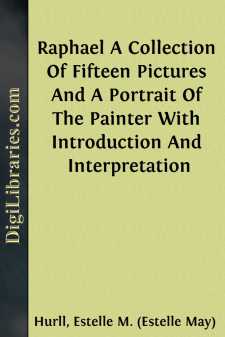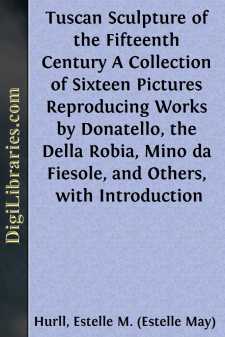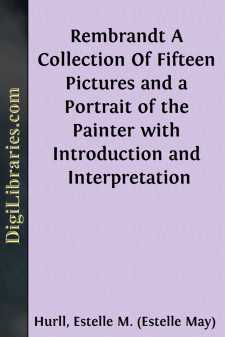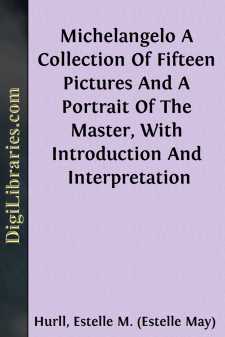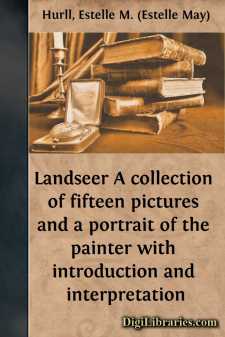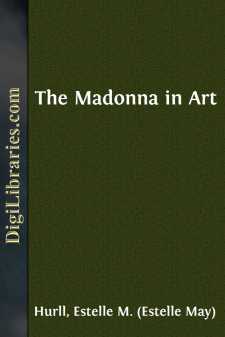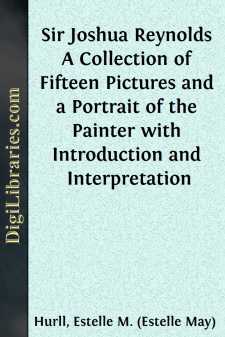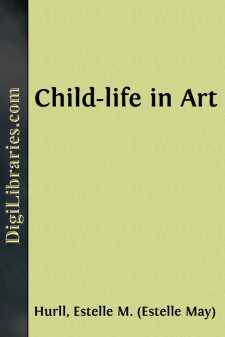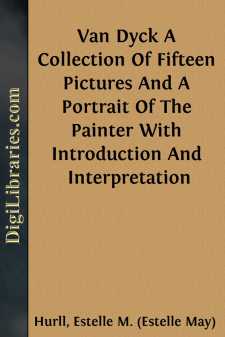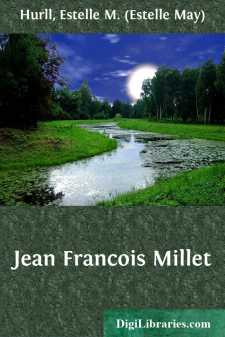Categories
- Antiques & Collectibles 13
- Architecture 36
- Art 48
- Bibles 22
- Biography & Autobiography 813
- Body, Mind & Spirit 142
- Business & Economics 28
- Children's Books 15
- Children's Fiction 12
- Computers 4
- Cooking 94
- Crafts & Hobbies 4
- Drama 346
- Education 46
- Family & Relationships 57
- Fiction 11828
- Games 19
- Gardening 17
- Health & Fitness 34
- History 1377
- House & Home 1
- Humor 147
- Juvenile Fiction 1873
- Juvenile Nonfiction 202
- Language Arts & Disciplines 88
- Law 16
- Literary Collections 686
- Literary Criticism 179
- Mathematics 13
- Medical 41
- Music 40
- Nature 179
- Non-Classifiable 1768
- Performing Arts 7
- Periodicals 1453
- Philosophy 64
- Photography 2
- Poetry 896
- Political Science 203
- Psychology 42
- Reference 154
- Religion 513
- Science 126
- Self-Help 84
- Social Science 81
- Sports & Recreation 34
- Study Aids 3
- Technology & Engineering 59
- Transportation 23
- Travel 463
- True Crime 29
Raphael A Collection Of Fifteen Pictures And A Portrait Of The Painter With Introduction And Interpretation
Categories:
Description:
Excerpt
INTRODUCTION
I. ON RAPHAEL'S CHARACTER AS AN ARTIST.
No one of the old Italian masters has taken such a firm hold upon the popular imagination as Raphael. Other artists wax and wane in public favor as they are praised by one generation of critics or disparaged by the next; but Raphael's name continues to stand in public estimation as that of the favorite painter in Christendom. The passing centuries do not dim his fame, though he is subjected to severe criticism; and he continues, as he began, the first love of the people.
The subjects of his pictures are nearly all of a cheerful nature. He exercised his skill for the most part on scenes which were agreeable to contemplate. Pain and ugliness were strangers to his art; he was preëminently the artist of joy. This is to be referred not only to his pleasure-loving nature, but to the great influence upon him of the rediscovery of Greek art in his day, an art which dealt distinctively with objects of delight.
Moreover Raphael is compassionate towards mind as well as heart; he requires of us neither too strenuous feeling nor too much thinking. As his subjects do not overtax the sympathies with harrowing emotions, neither does his art overtax the understanding with complicated effects. His pictures are apparently so simple that they demand no great intellectual effort and no technical education to enjoy them. He does all the work for us, and his art is too perfect to astonish. It was not his way to show what difficult things he could do, but he made it appear that great art is the easiest thing in the world. This ease was, however, the result of a splendid mastery of his art. Thus he arranges the fifty-two figures in the School of Athens, or the three figures of the Madonna of the Chair, so simply and unobtrusively that we might imagine such feats were an every-day affair. Yet in both cases he solves most difficult problems of composition with a success scarcely paralleled in the history of art.
Even the Master himself seldom achieved the same kind of success twice. His Parnassus lacks the variety of the School of Athens, though the single figures have a similar grace, and the Incendio del Borgo or Conflagration in the Borgo, with groups equal in beauty to any in the other two frescoes, has not the unity of either. Again, while the Parnassus and the Liberation of Peter show a masterly adaptation to extremely awkward spaces, the Transfiguration fails to solve a much easier problem of composition.
Preferring by an instinct such as the Greek artist possessed, the statuesque effects of repose to the portrayal of action, Raphael showed himself capable of both. The Hellenic calm of Parnassus is not more impressive than the splendid charge of the avenging spirits upon Heliodorus; the visionary idealism of the angel-led Peter is matched by the vigorous realism of Peter called from his fishing to the apostleship; the brooding quiet of maternity expressed in the Madonna of the Chair has a perfect complement in the alert activity of the swiftly moving Sistine Madonna....


